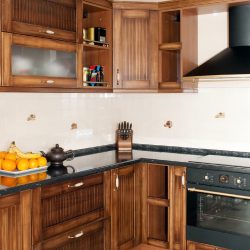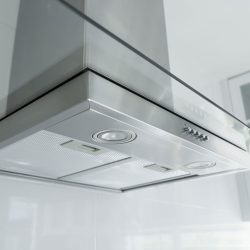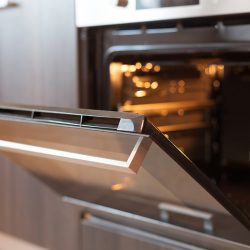Finding a new feature on your kitchen appliances can lead to more questions than answers. For example, did you recently notice a hole in the top of your oven and have no idea why it's there? What does this tiny opening do? Do all ovens have one?
Luckily, we've done plenty of digging and have the answer below!
The reason your oven has a small hole in the top is for ventilation. Generally, all ovens have a tiny top opening that allows heat and moisture to escape. This improves the overall air circulation inside your range, helping to cook food better and more evenly.
Furthermore, you can typically find this vent tube at the top of the oven cavity, so don't be concerned if you find it.
As we start this article, we will cover all things ovens and explain why yours has a hole in the top. Whether you cook all the time, rarely use your range, or have additional questions, we're here to help. With that said, let's dive right into this topic!
What Is The Hole In The Top Of My Oven?
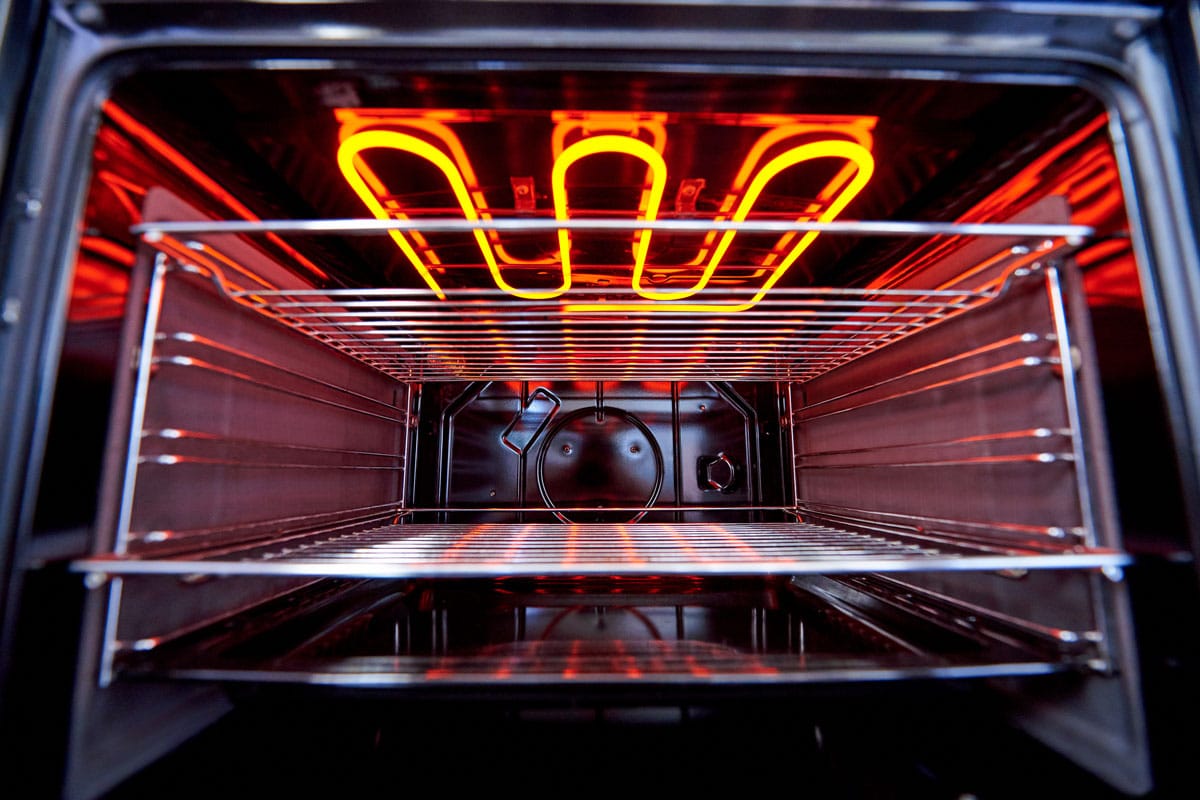
The tiny hole you see in the top of your oven is the vent tube/oven vent. As we mentioned, your appliance has a small opening to release moisture and heat while it's on.
Generally, you won't notice this unless you reach your head into your oven, hence why most cooks don't even realize it's there. According to Maytag, this vent hole ensures air can circulate correctly and that the cooking process is not affected.
If your oven does become super moist or too much heat becomes trapped inside, the vent will expel the problematic air/water. Additionally, the oven vent hole in the top of your appliance helps keep the air circulating as it should.
With this improved circulation, the hot air can move from the bottom of your oven to the top. If your range didn't have the hole in the top of its chamber, you'd likely run into uncooked or unevenly cooked meals.
So, even though this opening is tiny, it serves an incredibly important purpose.
Do All Ovens Have A Vent Tube?
Yes! Whether your oven is electric, gas, convection, or connected to the wall, it will have a vent hole of some kind. As we mentioned, you can usually find the vent tube at the top inside of your range.
This hole should lead through one of the burners on your stovetop or towards the back top of your appliance. Since not all ovens have gas stoves, your vent hole may have a different route or appearance.
Regardless, your kitchen appliance will have ventilation to some extent. Remember, cooking and baking won't be as efficient and safe without proper ventilation and air circulation inside your range.
Oven manufacturers know this, so they include an escape path for your system's moisture and excess heat. If you've ever noticed the room feel warmer while cooking in the oven, it could be the air releasing from your appliance.
Although this won't be super noticeable, your oven has to keep itself in check. If hot air and moisture aren't allowed to escape, your oven can become too warm in certain sections and cooler in others.
That leads to unevenly baked food, which isn't good for your recipe.
Should There Be A Vent Above My Oven?
You generally want to vent the air from your oven and stove outdoors through an overhead fan/ventilation system. According to experts, an overhead vent "hood" will catch the excess steam from your appliance, moving it outside through a ventilation system.
Furthermore, adding a vent above your oven and stove can help with odors, moisture, and smoke: all of which can cause damage to your home's interior over time.
Moving the excess air outside might be essential, depending on the food you make. For example, frying things on the stove produces odors and steam/smoke, which can set off the fire alarm.
Therefore, having a channel for that extra air to flow through is beneficial to your kitchen. On top of those benefits, your vent hood can prevent grease particles from sticking to nearby walls, cabinets, and flooring.
Over time, grease can travel through the air onto your kitchen surfaces. You'll notice discoloration long-term, even if you can't see anything at first.
Grease is challenging to clean and often requires heavy scrubbing and products, which nobody wants to deal with. So, take this as your sign to install a vent hood above your oven.
What Happens If I Don't Ventilate My Oven?
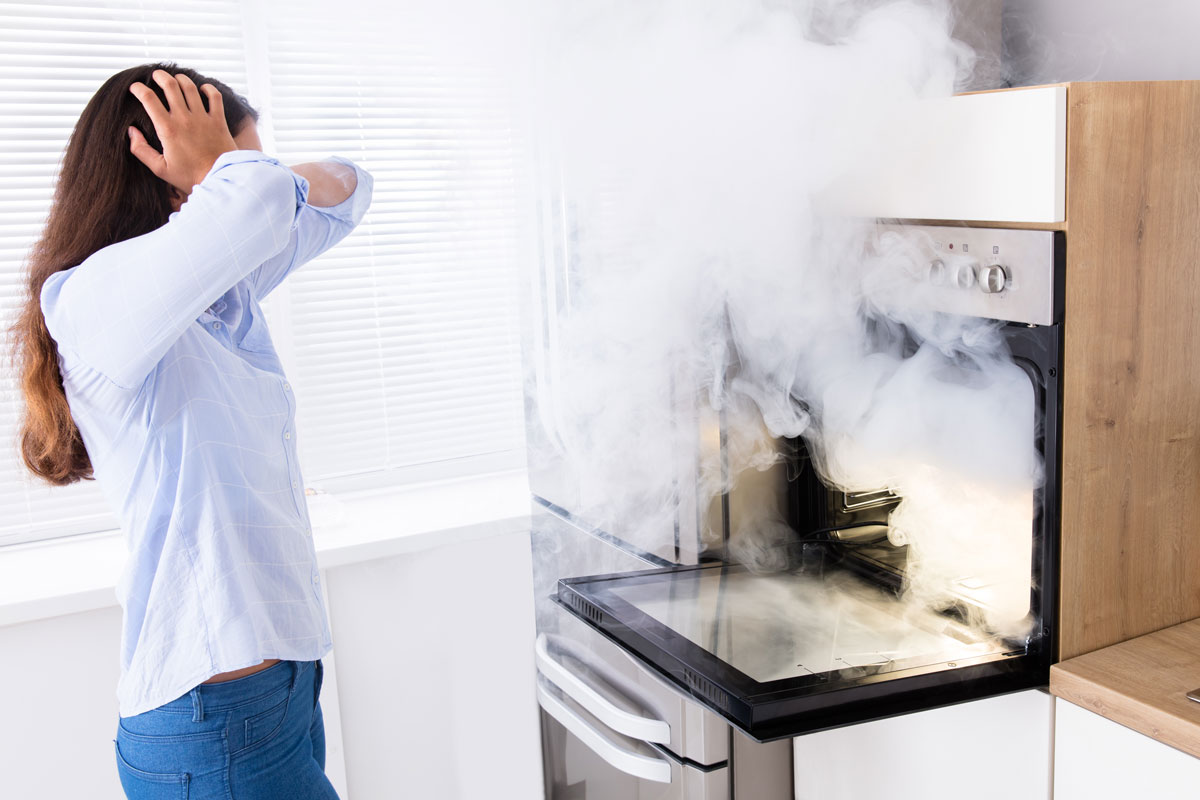
Many things can occur if you don't have proper venting above your oven/stove. First, your appliance's excess smoke and moisture can escape into your home without good ventilation.
On top of that, many experts claim that stoves must be properly vented for your health and safety since they produce harmful PM 2.5 particles. That translates to your oven producing toxic chemicals, which become particle-bound, spreading into the air you breathe.
Each time you cook using the oven, you produce carbon dioxide, carbon monoxide, formaldehyde, and more without knowing it.
These are normal for cooking systems that use heat to function, although they must be vented out. An issue with older ovens is that many were not adequately designed to move toxins out of the house.
Carbon monoxide poisoning (although less common) is something to be wary of, especially when designing your kitchen. Gas stoves are problematic for producing harmful airborne chemicals and toxins, so they need the most ventilation.
Even with modern technology improving the air quality of ovens, stoves, etc., you always want to err on the side of caution. We recommend installing an above-range hood to suck out any bad air from your appliance and move it outside.
Do Electric Ovens Need Vents?
Yes! Even though your electric range/stove may not produce fire to work, you should still have adequate ventilation for it. As we mentioned, all ovens have a tiny hole for air and moisture to escape through.
That means you will have that excess heat, smoke, and moisture escape out from your oven into the air you breathe. Therefore, adding a vent above your oven and stove can improve the air quality.
One misconception about electric ovens and stoves is that they don't need venting. Unfortanelty, this is untrue and can become unsafe.
As we said above, you have to move the air from your oven outside rather than keep it indoors. However, when electric ovens are on, they don't release carbon monoxide into the air like gas ranges will.
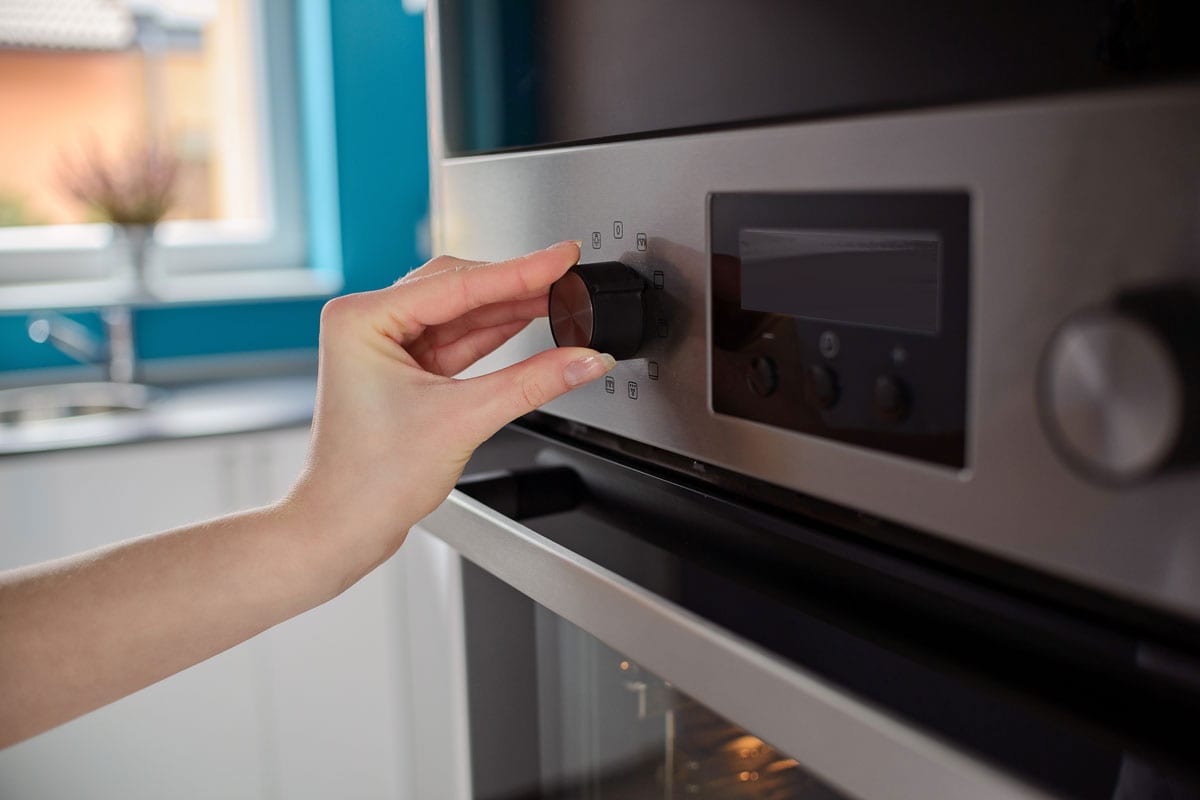
However, that doesn't mean the air coming through the hole at the top of your appliance is 100% safe to be around. According to professionals, you want to install a vent of at least 600 CFM for an electric oven/stove.
If you've ever been in a room with too much smoke or heat, you might have trouble properly breathing. This can be the same effect as keeping your oven on too long without a vent hood or fan.
Some brands like KitchenAid offer ovens with "downdraft" technology to combat this.
That is when the built-in vents between the burners suck smoke and steam through an exhaust pipe or filtration system. So, that may be something to check out.
How Much Does It Cost To Install A Range Hood?
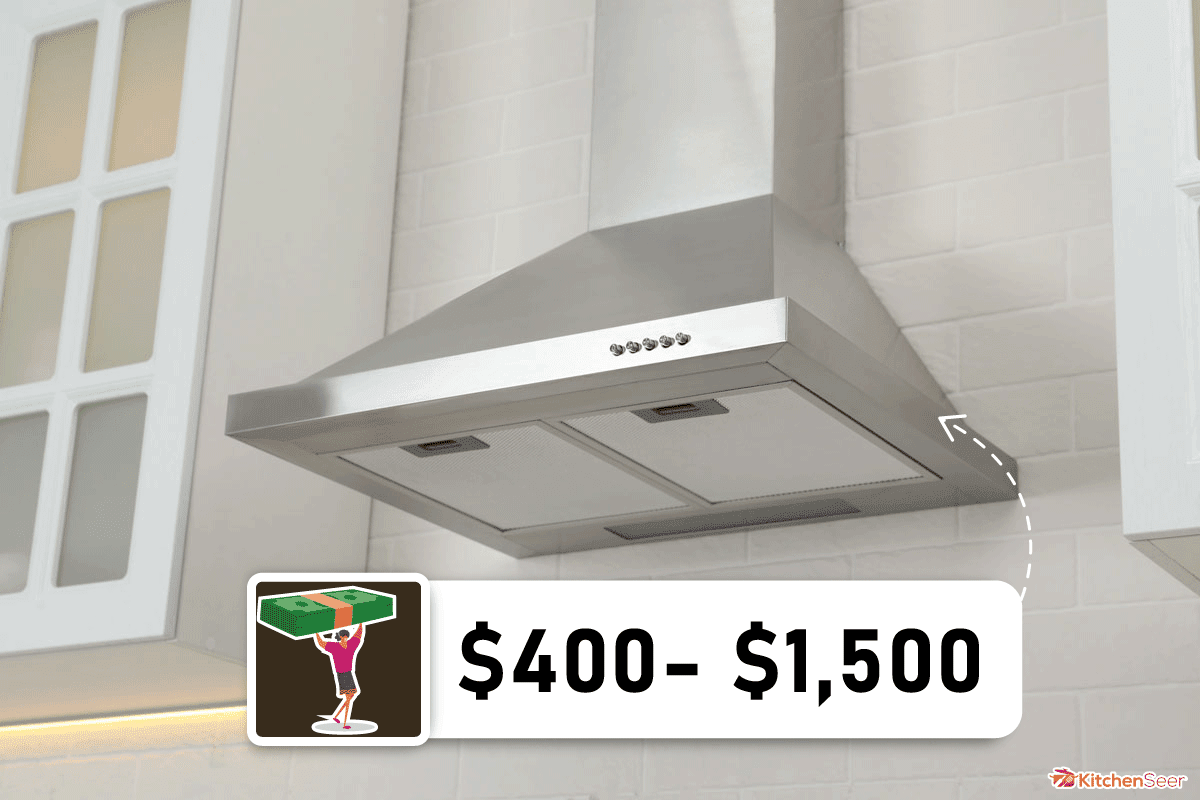
If you want to install a range hood/vent for your oven, this should set you back between $400 and $1,500. However, this is the average, with some people spending closer to $750.
According to Angi, you might have a lower installation cost for your range hood if you replace one rather than starting from scratch.
That's because you will already have the ductwork required for this system, so try and check if your home already has that in place. In addition, you might have fluctuating costs depending on how fancy of a vent you choose to use.
Some higher-tech models can be expensive, ranging from $500 to over $1,000. On top of that, if you want a more hidden oven vent, that will require more labor and materials.
You can hide a vent hood using a "box" structure, often giving your kitchen a fancier look. Again, this all comes down to your space, budget, and design.
With that said, we recommend doing this, as having a range hood can improve air quality and keep those in your house safe. The last thing you want is to be breathing in toxins.
Do I Need To Clean The Hole In The Top Of My Oven?
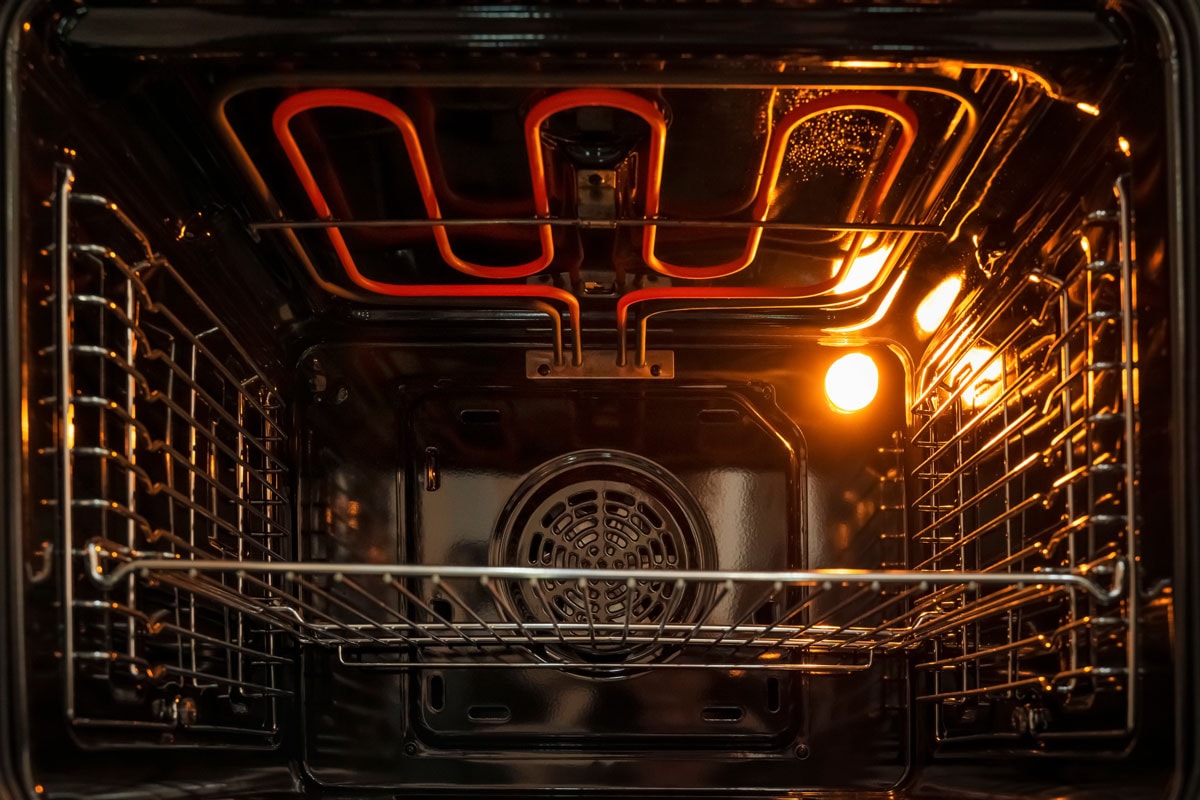
You don't need to clean your oven's pathway for heat and moisture. Since this hole/tube doesn't come in contact with food (most times), it shouldn't become dirty.
As we mentioned, the tiny hole in the top of your oven's chamber usually leads out through a burner on your stovetop. Therefore, you might be able to wipe it down from that end.
However, we don't recommend getting in your oven with a cloth or tool to clean the vent, as this can be dangerous. Unless you notice poor air circulation and heat distribution in your range, leave it be.
To Wrap Things Up
Whether you recently felt heat coming from the top of your oven or didn't realize it had a tiny hole, this is entirely normal. We found that the small opening at the top of your range is for circulating air and releasing excess moisture/heat.
Therefore, you shouldn't need to worry about it being there, as it's better for your food/appliance. With that said, it is crucial to have a vent above your range to expel heat, grease, odors, toxins, and anything else that can negatively affect the air quality.
While we have you with us, check out these related articles:
Do Ovens Turn Off Automatically After Timer Ends?
Which Oven Rack Is Hottest? [And Which Cooks Food The Fastest?]
Can You Use Oven Cleaner On A Stove Top?


